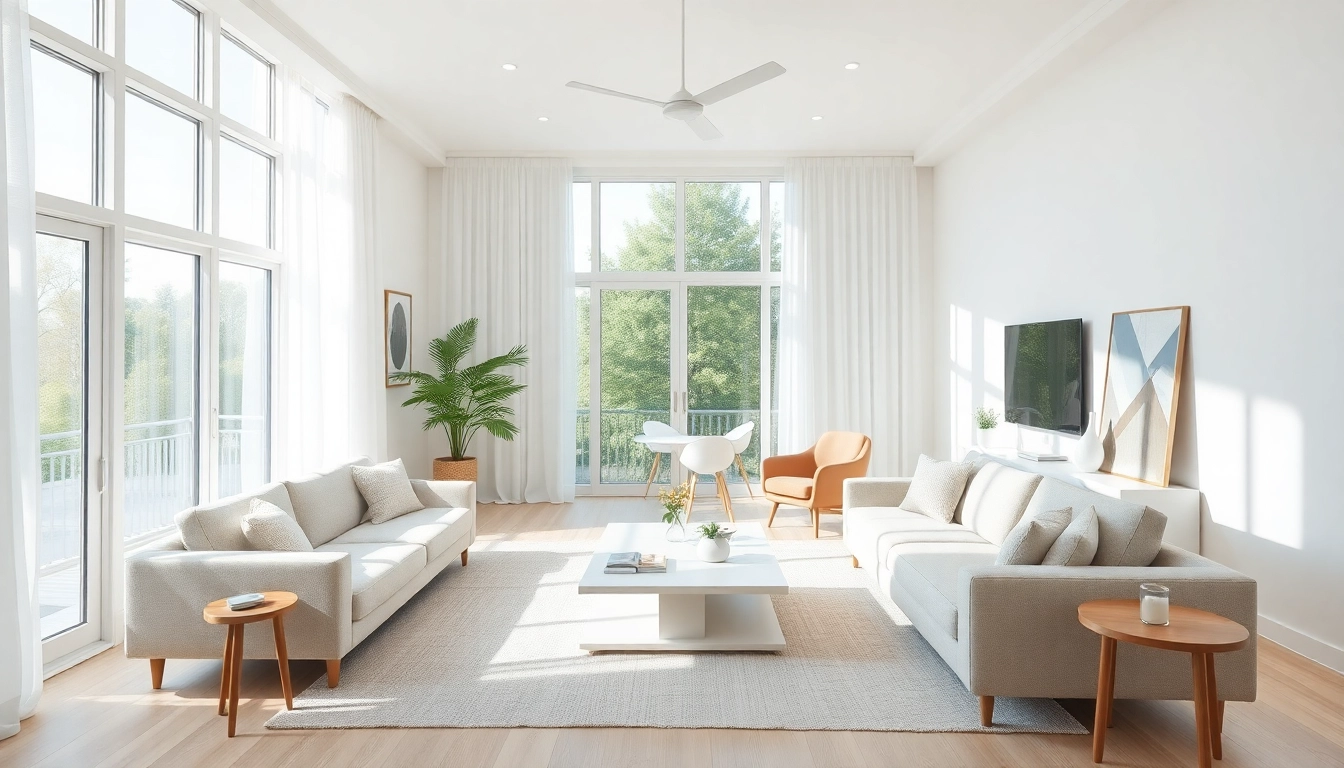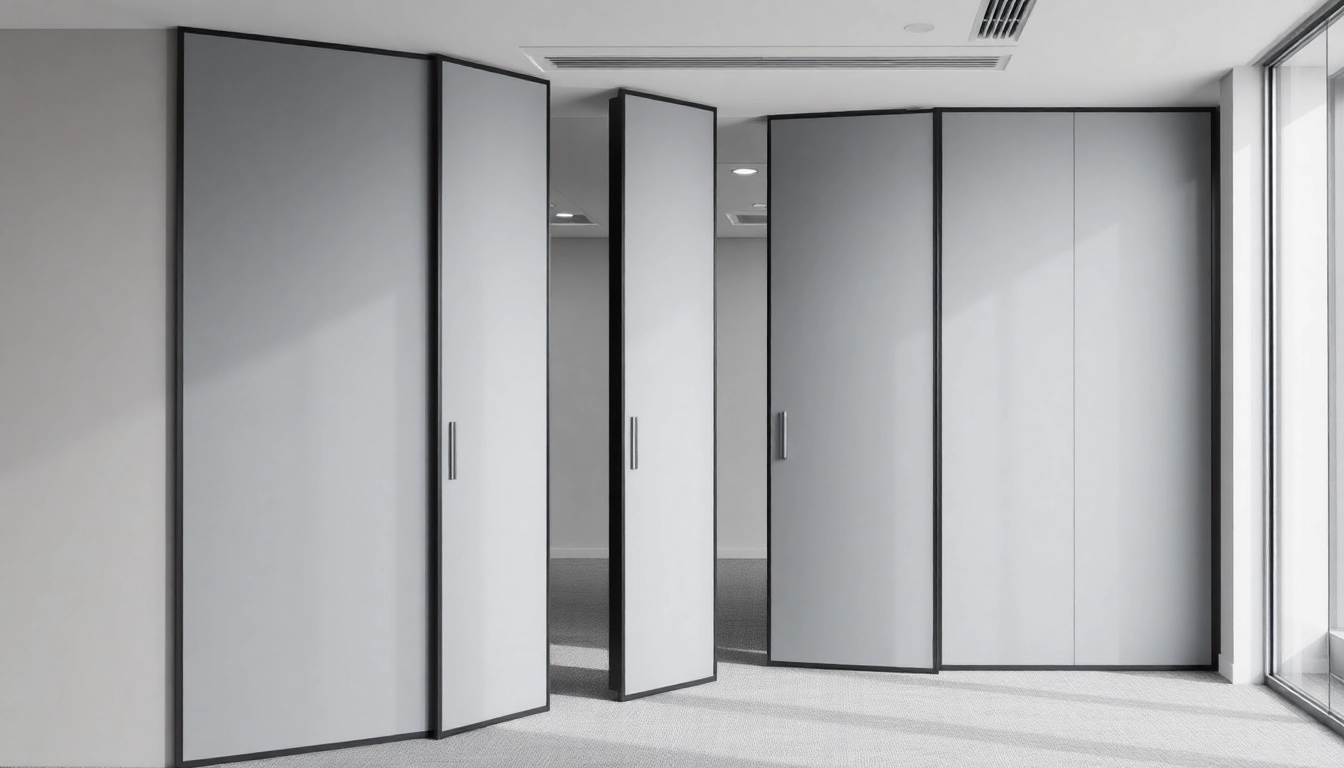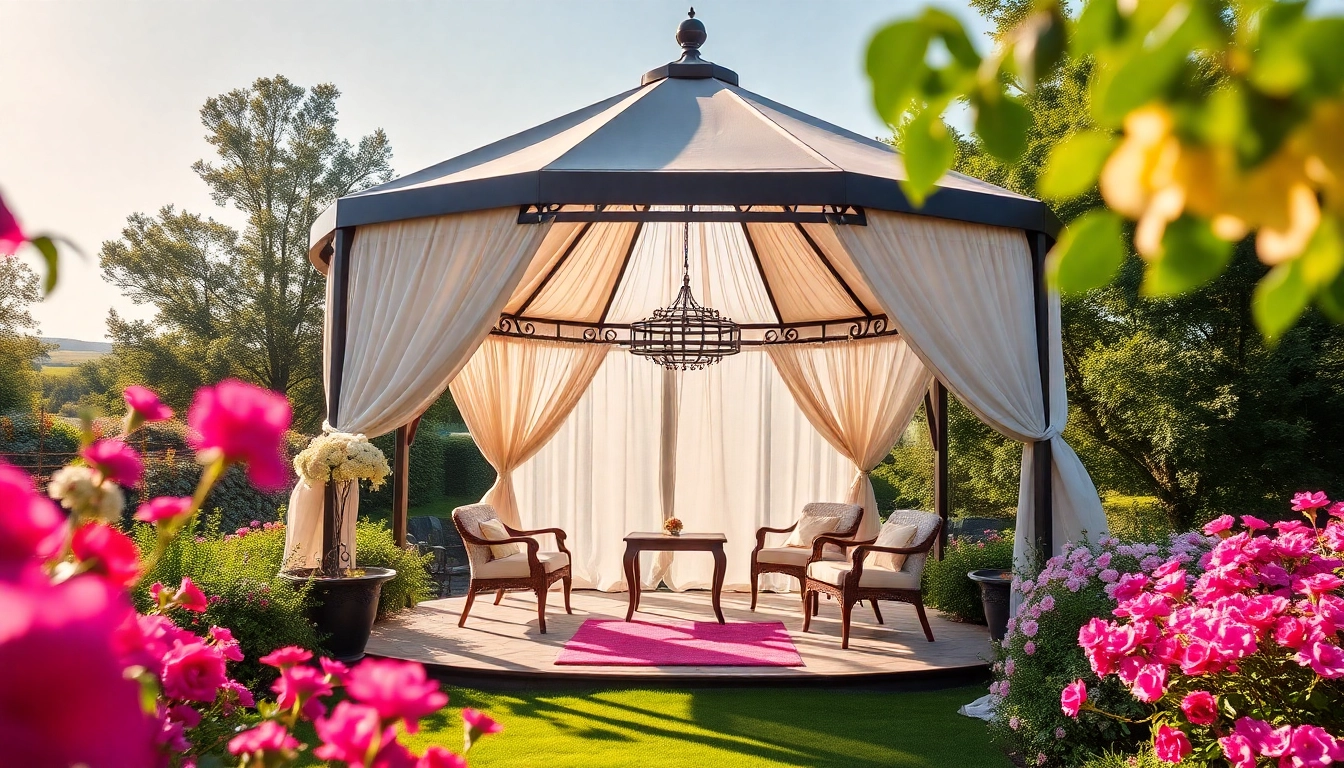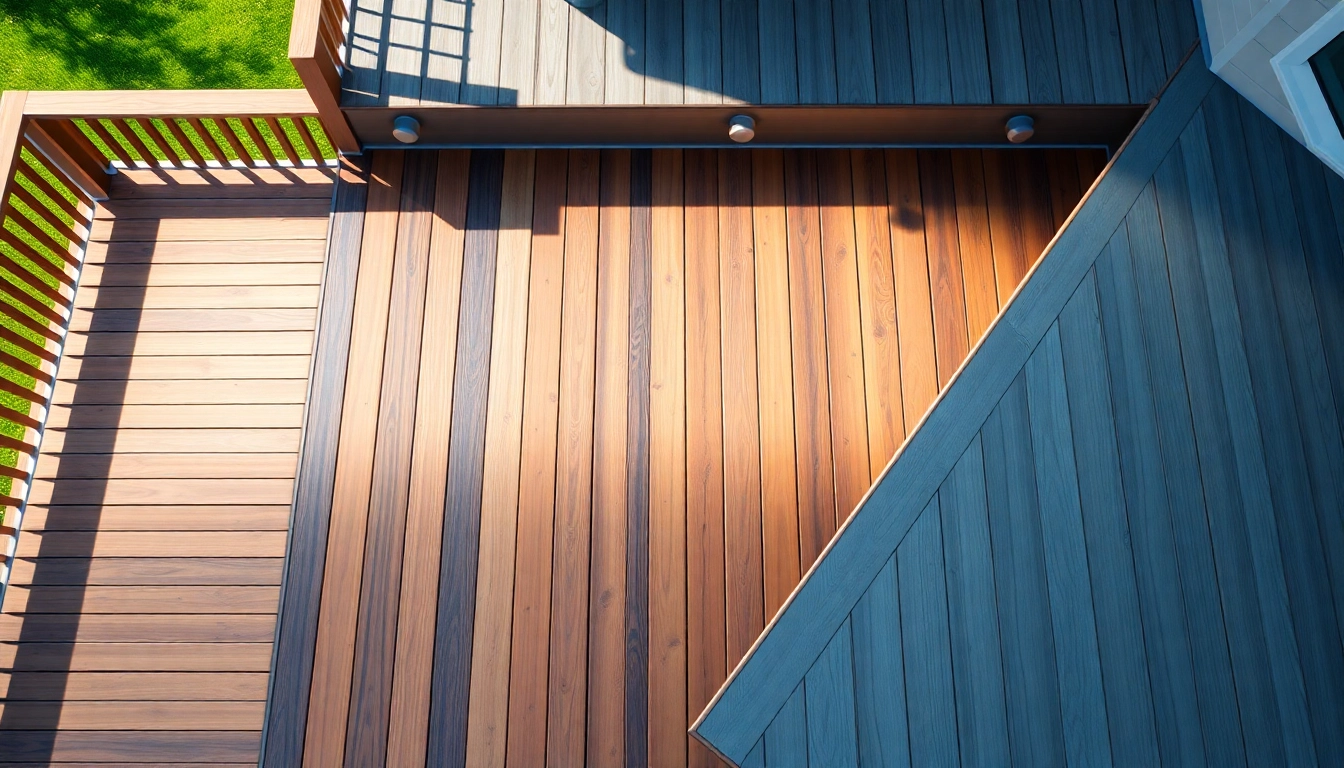Understanding the Concept of Entire Interior Design
When it comes to designing a home, the idea of creating an entire interior that feels cohesive and harmonious can be both exciting and overwhelming. This comprehensive approach to interior design involves transforming not only individual spaces but also ensuring that each area works together seamlessly, enhancing the overall aesthetic and functionality of the home. In this section, we will delve into the key elements that make up the concept of entire interior design, emphasizing its importance and common pitfalls to avoid.
What Constitutes the Entire Interior?
The entire interior of a home encompasses all the rooms, hallways, and communal areas within the living space. This holistic perspective involves not just the selection of furniture, color palettes, and decorative items but also how these choices interact and relate to one another across the entire living environment. Each element, from the flooring to the wall color, should reflect a unifying theme or style that creates a consistent atmosphere. Achieving this entails understanding the existing architecture and layout of the space, as well as considering how natural light interacts with different materials and colors throughout the day.
The Importance of Cohesion in Design
Cohesion is the backbone of effective interior design. It ensures that every element feels like part of a greater whole. To create cohesion, designers often establish a guiding concept or theme that defines the color schemes, materials, and furnishings selected for the home. A well-coordinated entire interior promotes flow, enhances the visual experience for guests, and increases overall comfort for the inhabitants.
For example, a modern minimalistic approach may emphasize clean lines, neutral colors, and functional furniture whereas a traditional style may involve rich wood tones, intricate patterns, and classic furnishings. Identifying a theme early in the design process can help prevent mismatched styles and a chaotic aesthetic.
Common Pitfalls to Avoid in Home Interiors
When it comes to designing the entire interior of a home, certain mistakes can hinder achieving a harmonious space. Here are some common pitfalls and how to avoid them:
- Overly Committing to Trends: While it’s essential to stay current with design trends, basing every decision on fleeting fads can lead to a home that feels disconnected over time. Instead, focus on timeless design elements that will remain appealing.
- Neglecting Scale: Oversized furniture in small spaces can overwhelm a room while tiny furnishings can get lost in large rooms. Always consider the scale of furniture and decor items relative to each room.
- Lack of Light Considerations: Lighting plays a crucial role in how colors and materials are perceived. Not taking into account the natural light in each room can lead to design choices that appear different in reality than on paper.
Color Schemes for an Entire Interior Makeover
Color is one of the most powerful design tools in creating ambiance and influencing mood within a space. When planning for an entire interior makeover, it’s essential to choose a color scheme that resonates with the desired style and function of the home.
Choosing the Right Palette for Your Space
Choosing the right color palette begins with understanding the psychological effects of different colors. For instance, blues and greens tend to promote calmness and tranquility, making them ideal for bedrooms and bathrooms, while vibrant colors like yellow or orange can invigorate common areas and kitchens. Here are steps to choose the appropriate palette:
- Assess the Purpose of Each Room: Determine the primary function of each space and select colors accordingly.
- Borrow from Nature: Take inspiration from the natural surroundings or landscape outside your home to create a harmonious transition between the interior and exterior.
- Test Samples: Before committing to a color, test paint samples on your walls to see how they look in different lights throughout the day.
Top 5 Colors to Transform Your Entire Interior
Color can dramatically influence the feel of your home. Here are five trending colors that can update and energize your entire interior:
- Classic Blue: This calming color promotes serenity and pairs well with a multitude of styles including modern and traditional.
- Soft Terracotta: Adding warmth, this earthy hue is perfect for creating a cozy and inviting atmosphere.
- Mint Green: Refreshing yet subtle, mint green is gaining popularity for kitchens and bathrooms.
- Rich Charcoal: This versatile shade serves as a sophisticated backdrop that can enhance brighter accents.
- Warm White: Ideal for creating light and airy spaces, warm white can be used for larger areas to provide a fresh feeling.
Using Color Psychology to Enhance Mood
Understanding color psychology can aid in creating spaces that evoke specific moods and reactions. It’s important to consider not just the visual impact of colors but also how they can affect the emotional wellbeing of those who occupy the space. For instance:
- Blue: Known to reduce stress and encourage relaxation, it’s perfect for bedrooms.
- Yellow: Vibrant and cheerful, it can uplift spirits in places like kitchens or playrooms.
- Red: An energizing color that raises enthusiasm, it may be effective in social spaces such as dining rooms.
Furniture Selection and Arrangement
The selection and arrangement of furniture can make or break the functionality of an entire interior. Thoughtful choices ensure not just aesthetics but also comfort and practicality.
Key Considerations for Entire Interior Furniture Layout
To achieve a successful furniture layout, consider these factors:
- Traffic Flow: Position furniture to allow easy movement through spaces, especially in high-traffic areas.
- Functionality: Different rooms serve different purposes; arrange furniture to accommodate how the space will be used.
- Focal Points: Identify key focal points, like a fireplace or window view, and arrange furniture to highlight these features.
Mixing Styles: Modern with Traditional
Combining modern and traditional styles can result in a dynamic and visually intriguing setting. Here are some tips for harmonizing the two:
- Balance: Aim for balance by integrating elements from both styles in equal proportion to avoid clashing.
- Color Coordination: Choosing a cohesive color palette can create a visual framework that ties disparate pieces together.
- Layering Textures: Mixing furniture materials—hard surfaces with soft fabrics—can create depth and interest within the overall design.
Creating Functional Spaces within Your Entire Interior
Functional spaces in an entire interior design refer to areas that effectively serve a purpose while still being aesthetically pleasing. Here are key areas to consider:
- Multi-Functional Rooms: Create spaces where activities can overlap, like a guest room that also features a home office.
- Designated Nooks: Utilize corners or small spaces to create cozy reading nooks or workstations that inspire productivity.
- Flexible Furniture: Invest in items that serve multiple purposes, such as ottomans that provide storage or sofa beds for guests.
Lighting Solutions for the Entire Interior
The right lighting can dramatically change the ambiance and functionality of an entire interior. By understanding the different types of lighting and their effects, homeowners can create spaces that are both beautiful and practical.
Types of Lighting: Ambient, Task, and Accent
Each type of lighting serves a unique purpose in your home:
- Ambient Lighting: The primary source of illumination, ambient lighting sets the overall mood of a space. It can be achieved through ceiling fixtures, chandeliers, and recessed lighting.
- Task Lighting: Designed specifically for activities such as reading, cooking, or working, task lighting is often more focused and can be provided by table lamps, under-cabinet lighting, and pendants.
- Accent Lighting: This type acts as a spotlight for certain features in a room, like art pieces, architectural details, or plants. Accent lighting can create visual interest and highlights.
How Lighting Influences Your Entire Interior Aesthetic
The interplay of light and shadow can transform perceptions of space, making rooms feel larger, more intimate, or more inviting. Here are ways to maximize lighting’s potential:
- Layered Lighting: Combining ambient, task, and accent lighting allows for flexibility and customization. Layering creates depth and richness to the design.
- Natural Light: Maximize the use of natural light by strategically placing mirrors and opting for sheer window treatments.
- Smart Lighting Solutions: Incorporating smart bulbs and dimmers can enhance the functionality and versatility of any lighting scheme.
Energy Efficiency Tips for Interior Lighting
To achieve an effective and energy-efficient lighting setup, keep these tips in mind:
- Use LED Bulbs: They consume less energy and have a longer lifespan compared to traditional bulbs.
- Incorporate Sensors: Utilizing motion sensors in less used areas can significantly reduce energy consumption.
- Maximize Daylight: Arrange furniture to take full advantage of sunlight during the day, reducing the need for artificial lighting.
Accessories and Decor to Complete Your Entire Interior
Accessories and decor play a pivotal role in bringing personality and character to your entire interior. These design elements have the power to evoke emotion and anchor the design theme.
Choosing Artwork and Decor that Reflects Your Style
When selecting artwork and decor, it’s essential to choose pieces that resonate personally and align with the overall design concept. Here are some guidelines:
- Personal Connection: Aim for artwork that tells a story or reflects personal interests, which adds more depth to the space.
- Scale Matters: Consider the scale of your decor in relation to the space. Large pieces can serve as focal points, while smaller items can be grouped.
- Mixing Media: Combining different forms of art—paintings, sculptures, textiles—can create a richly layered and engaging environment.
Seasonal Decor Ideas for a Fresh Look
Switching out decor seasonally can keep your home feeling dynamic and inviting. Here are ideas for seasonal decor updates:
- Spring: Incorporate fresh flowers and soft pastels to herald the warmer months.
- Summer: Bright colors and nautical themes bring a vibrant, cheerful vibe.
- Autumn: Earthy tones and textures, such as pumpkins and warm blankets, add a comforting feel.
- Winter: Elegant decor with rich colors and twinkling lights create a cozy atmosphere.
How to Balance Accessories in Your Entire Interior
While accessories enhance a design, too many can lead to clutter. Here are strategies to maintain balance:
- Limit the Number of Accessories: Choose a few impactful pieces instead of numerous small items to create a more sophisticated look.
- Use a Cohesive Color Scheme: Creating an accessory palette that aligns with your overall color scheme will unify your decor.
- Think in Groups: Arrange items in odd numbers or grouped formats to establish a more visually interesting display.



